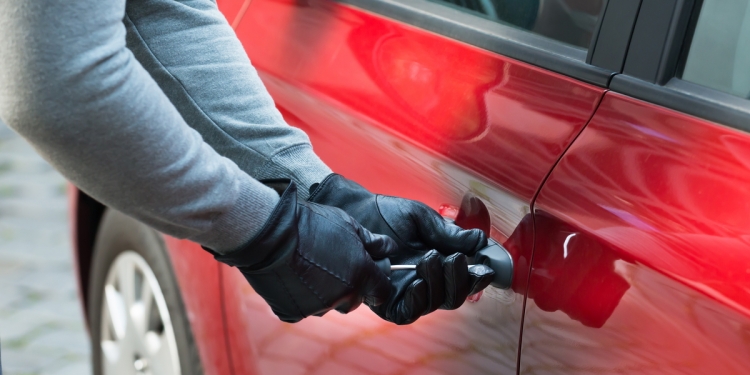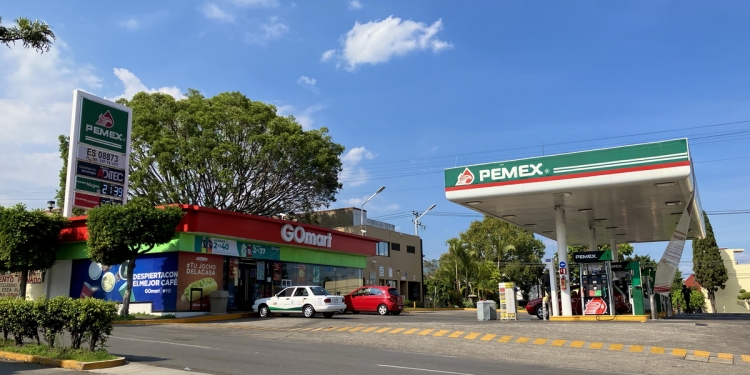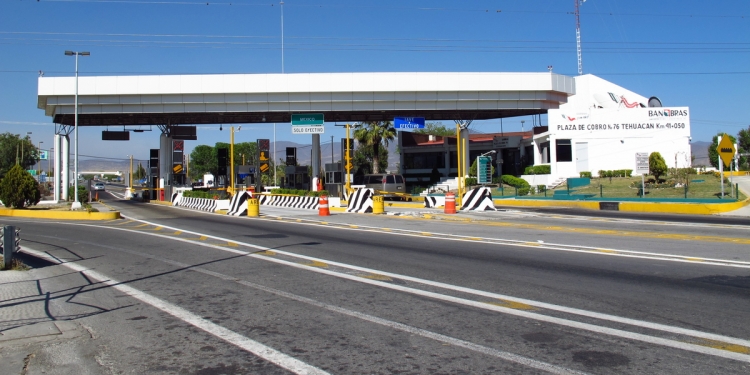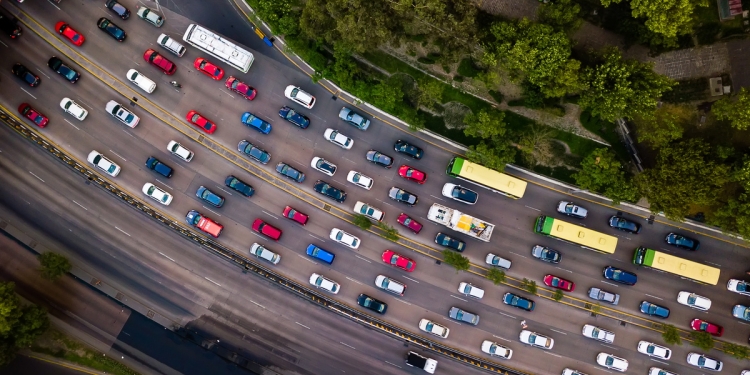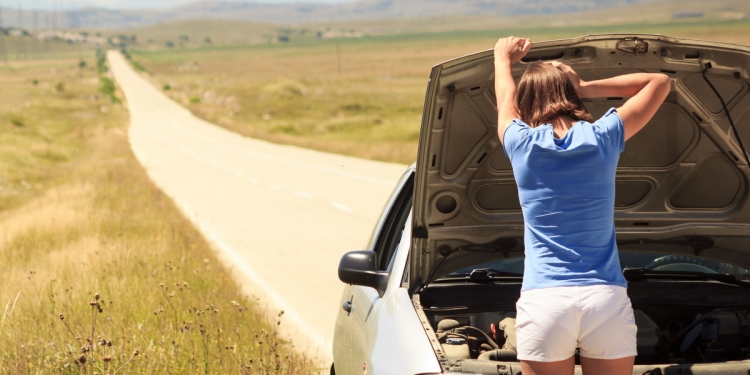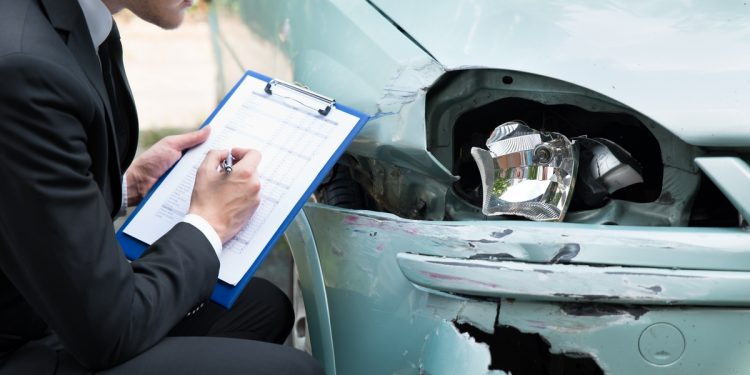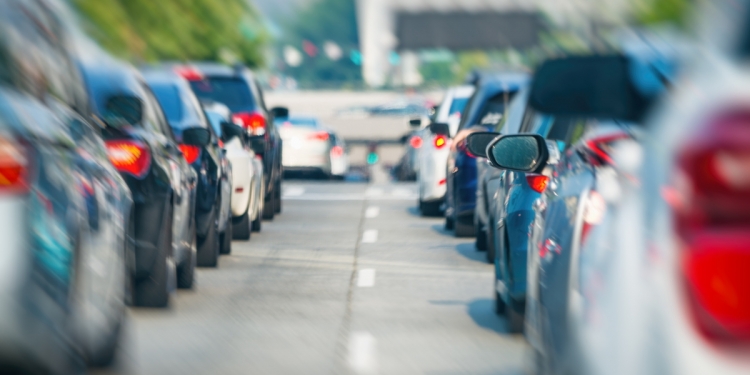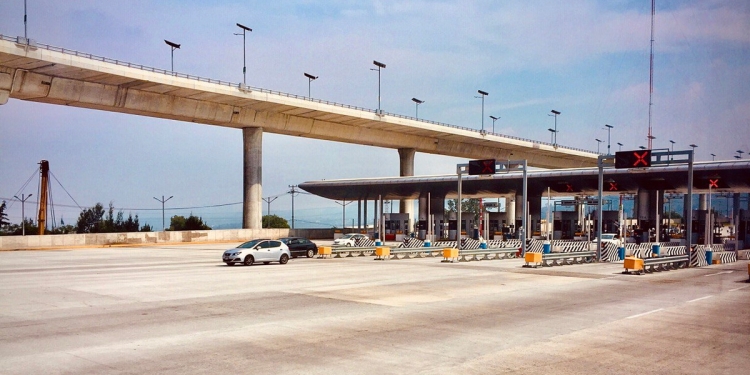Car thieves operate in Mexico, often targeting certain vehicle types and certain situations. This article shares helpful tips and insights to help keep your vehicle and its possessions secure when you’re driving in Mexico.
Parking precautions
When you park your car, choose garages or secured compounds where these are available. If you must leave your vehicle on the street overnight, ensure that you know the area and neighborhood; park in areas that have street lighting, and never leave your car unlocked. Car thieves are often looking for vehicles that offer the least amount of time/resistance to steal.
Mitigating vehicle break-ins
‘Smash-and-run’ vehicle break-in robberies are increasingly common in Mexico. For the perpetrators, the crime is a near-effortless way to acquire valuable devices, wallets, documentation, and cash, and apprehending the offenders —who strike in moments and vanish into the local area they know well— is usually difficult or impossible.
Common situations related to smash-and-grab vehicle break-ins
- Smash-and-grab gangs (who break windows or force open a trunk) choose the cars they hit with care. They are often watching people from a distance come and go at commercial centers, convenience stores, coffee shops, etc. They need to know that there is something worth stealing in the vehicle to make the ‘grab’ worth it to them.
- Moving your laptop (or another briefcase, purse, or bag) from the car to the car’s trunk can be observed and your car can be targeted that way. It’s harder to break into the trunk, but cars (especially SUVs) that have a back windshield that forms part of the trunk door make it easy to smash the glass and take your belongings.
- Shopping at an expensive store or mall, taking some things back to your car, and then leaving it is another invitation for thieves to break in and steal your purchases.
- Leaving your car unattended at a convenience store or restroom area (especially those situated at service stations along highways), even for only a brief time, can cause your car to be broken into.
- Leaving anything of potential value to a thief in the car, for example, when you call-in for a take-away meal or coffee, offers an opportunity for a smash-and-grab thief to strike.
- Leaving your car parked out on the street in an unknown/insalubrious area, or somewhere that is not well lit or frequented by others offers smash-and-grab thieves an ideal opportunity to rob.
Tips for mitigating the risks of smash-and-grab vehicle robberies
Here are some key tips for mitigating the risk of a smash-and-grab vehicle robberies when you’re on the road in Mexico:
Never leave anything of ‘convertible value’ in your car
Thieves are looking for things that can be easily converted into cash: technology, devices, and jewelry are prime targets; and anything that looks like it might contain any of those things, for example, a briefcase, purse, or backpack. Never leave these in the car unattended and especially never leave them in view. If any thieves get sight of these things —or if they see you placing something ‘interesting’ into the trunk from a distance— those items are put at risk of robbery.
Never leave cash on display
Don’t leave any cash notes or coins on display when the car is left unattended, not even amounts of cash or coins in amounts that you think are insignificant. Thieves are attracted to cash, and it might cost you more to repair the car than what they steal—but they don’t care.
Protect important documents
Never leave important documents in an unattended car; especially documents like passports, visitor permits and residency cards, drivers licenses, official documents of any kind, insurance documents, and any other sensitive information, e.g., social security, bank/investment statements, property title deeds, legal documents, and certificates, etc.
Highway service stations
If you’re traveling on the highway, try to never leave your car fully unattended at service stations as gangs are known to operate from these and find it easy to abscond. For example, if you are traveling with other people, always have at least one person stay with the car and take turns to shop for refreshments or use the restroom.
If you must leave the car unattended at a highway service station, take everything of value (e.g., wallet, phone, laptop, passports, etc.) with you and leave nothing on display in the car. Don’t transfer anything of value from the car to the trunk where others can watch you do this. Don’t loiter and return to your vehicle as soon as possible.
Choose your parking space with care
If a guarded garage or compound is available, use it. If an attended car park is available, use that. Try to avoid solitary areas that are out of general view and places that are not well-lit or not frequented by others passing-by.
Car washing
If you intend to park for a couple of hours or more and there is a team of car washers working the area, consider hiring them to wash your car. (Lock the car, and don’t leave any valuables inside.) Their presence will mitigate hit-and-run robberies on the vehicle while you’re away, and you’ll return to a clean car!
Tips for avoiding total theft of your vehicle
Cars and other vehicles are stolen for a wide variety of reasons. The most common reasons are youngsters seeking a joyride, gangs breaking cars into parts or to export for resale or parts, and theft of vehicles to commit another crime and dump afterward. Immediate reporting of a stolen vehicle is vital—see the next section about what to do if your vehicle is stolen in Mexico.
Security near the land borders
When you’re driving near Mexico’s land borders (north or south) take extra care regarding your vehicle’s security, as some gangs purposely operate near the border to steal vehicles and drive them out of Mexico before the robbery can be reported. If a thief crosses the border before you report the car stolen, they are more likely to avoid detection.
Tips to avoid having your vehicle stolen
Being mindful of your surroundings and taking some sensible precautions can mitigate the risk of your car being stolen.
- Never leave the vehicle running (or open with the keys inside) and unattended—not even for a moment. Thieves are actively looking for opportunities like this; don’t make it easy for them.
- Newer vehicles have more sophisticated locks and immobilization technology that makes it harder (and sometimes unfeasible) for a thief to steal the car. Ensure that your car is locked and immobilized when you park and leave it, especially overnight.
- Choose guarded or attended car parks, or private garages to park in. The operators of these establishments cannot guarantee your car won’t be stolen or be held liable for theft, but parking in a secure park or compound reduces the risk of your car being damaged, robbed from, or stolen.
- Choose the areas you park at with care. Don’t leave your car in areas or neighborhoods you are not familiar with, or which are solitary or remote. Consider your surroundings and if you get a sense that something isn’t right, seek out alternative places to park.
What to do if your vehicle is stolen in Mexico
If you discover that your vehicle is gone (check that it hasn’t been towed away for a parking violation), take immediate action. Here is a checklist of actions you should take at once:
Reporting to the insurance company
Call your insurance company first; if your policy includes incident support, they might report the car as stolen to the police on your behalf and immediately report the car stolen on key databases.
- Call your auto insurance company immediately to report the theft. If you purchased the additional support services insurers provide, those services will kick into action; this assistance is helpful in stressful situations.
- Whether you have purchased additional incident support services from your insurer or not, when you have a foreign-plated car in Mexico, be aware that you must report the theft to the insurance company while you’re in Mexico—do not assume that you can return to the US or Canada and report it there; your claim is likely to be denied if you do that.
- An insurance adjuster will meet you at the scene where the car was stolen and guide you through the reporting process and paperwork that you must sign. If you have purchased additional incident support services, the adjuster may arrange for some of these to be activated: for example, arranging a rental car, legal liaison, and hotel accommodations for you and your family if you need them. We thus strongly recommend you purchase the incident support services when you buy insurance.
Reporting to the police
If your insurance coverages do not include a support element that will report your stolen vehicle to the police on your behalf, you will need to do this yourself.
You need to file a stolen vehicle report
You can report theft through one of three different offices:
- The District Attorney (Ministerio Público); or
- the Federal Police (PFP); or
- the Municipal Police (Seguridad Publica).
The police report will require you to provide key details about the vehicle; ensure you have these details recorded and accessible, for example, in a file on a document kept on your smartphone, and/or a file in the cloud that you can access via your smartphone or some other device. They will include:
- Vehicle Identification Number (VIN);
- License plate numbers;
- Make, model and color;
- Your license number, and auto insurance information;
- Be sure to check that the key details: your name, the VIN, plate number, model etc. are precisely recorded on the report before you sign it—if there are any (even minor) discrepancies or typos, these could cause problems with your insurance claim.
Reporting lost documents
If important documents you were carrying are stolen with the vehicle, report these too, e.g.
- Passport – report the loss to your country’s consulate and ask what the process is to get an emergency replacement if you are traveling back to your country, or the document replacement process if you live in Mexico.
- Visitor permit or residency card – read about the details for lost/stolen visitor permits and residency cards.
- Driver’s license – contact the relevant department in the country where your license was issued for advice and guidance about reporting it stolen and arranging for a replacement to be issued.
Report the theft in your home country
Report the vehicle stolen in your home country, if relevant
- If you are driving a foreign-plated vehicle in Mexico, contact the vehicle agency in your home state or province and report the vehicle as stolen there, too.
- Call your US or Canadian insurer to report the vehicle stolen.
If you purchased Mexico auto insurance and the additional incident support services with it, they might report to your home country’s agencies and insurers on your behalf; check with the service policy and if this is not included, do this yourself.
Detailed Guide to Driving in Mexico
For a complete reference guide to driving and road trips in Mexico, read our Free Guide: Driving and Road Trips in Mexico.
Mexperience is pleased to refer our readers to MexPro auto insurance, which offers comprehensive coverages valid in Mexico using English-language policies backed by a fully-licensed US insurance broker. Their insurances cover third party liability, provide legal assistance, and you can opt for medical and roadside assistance to be included.
Get a quote now: Get an online quote, review your policy details, and arrange auto insurance for your road trip in Mexico.
Quote for Auto InsuranceLearn more about driving and toll roads in Mexico
Mexperience offers a range of articles, guides, and resources to help you plan and realize your road trips in Mexico.
- Latest articles about Driving in Mexico
- Practical safety tips for driving in Mexico
- Buying gasoline and using service stations in Mexico
- Dealing with breakdowns in Mexico
- Mexico road trip checklist
- FAQS: Bringing your foreign-plated car to Mexico
- Auto Insurance – drive properly insured when you’re in Mexico
Mexico in your inbox
Our free newsletter about Mexico brings you a monthly round-up of recently published stories and opportunities, as well as gems from our archives.

